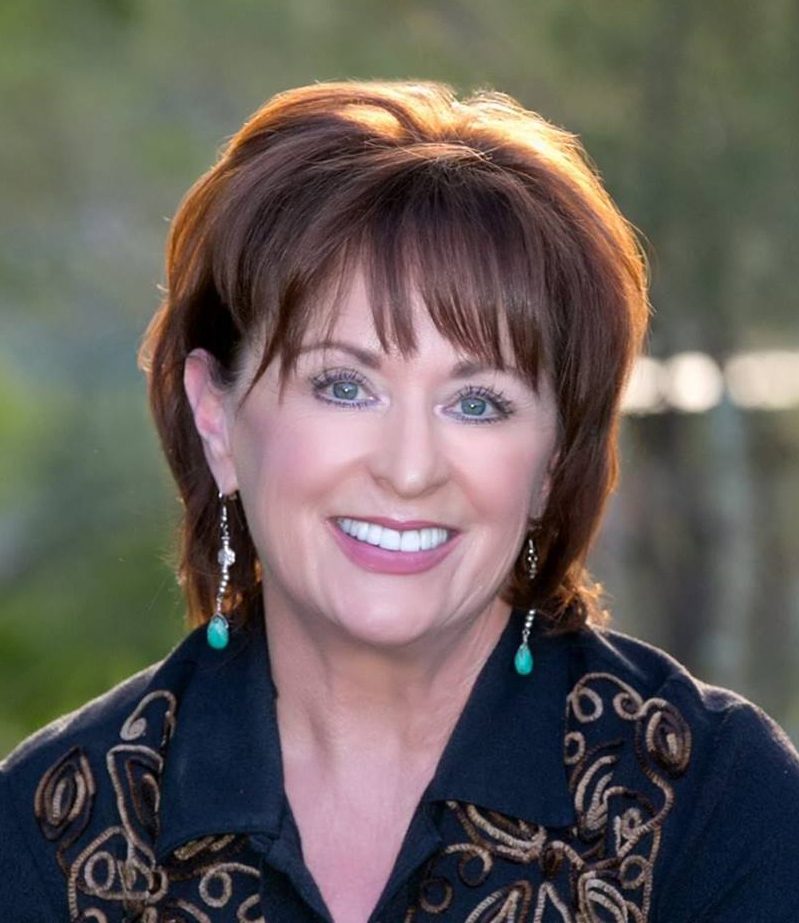
In today’s world of global warming and environmental issues, adapting a greener lifestyle appeals to a variety of consumers. But how do you leave less of a carbon footprint on Mother Earth? The choices are many, starting with the obvious: recycling, conservation of natural resources such as water and fuel, and generally making more thoughtful and greener decisions in all areas.
But does the thought of going completely off grid scare you? Alternate and cleaner energy sources in your home are available for those who really wish to choose a 100% sustainable lifestyle. There is plenty of good information out there should that choice become a potential reality.
For home buyers seeking privacy and a rural lifestyle, it may be that your dream home is located in an area with no electric power, but do not fear, as solar power and other alternative power sources have become more sophisticated as time has gone by.
Off grid living offers many percs besides the obvious benefit of leaving a way less profound carbon footprint. No utility bills except for propane, or any other alternate fuel such as diesel. If you are running off a private well, there isn’t a water bill, and since you will most likely have a septic system as well, you won’t have a city or county waste-water fee. There isn’t a power bill arriving every month. There is a certain freedom of knowing that you will never have to receive a notice in the mail that the electric company has approved a rate increase.
One of the main reasons people choose this lifestyle is to free themselves from any type of control from an outside entity (Y2K comes to mind). Off grid living engenders almost complete independence. The experience of living off grid provides a certain sense of security and power.
Solar systems come with a complete set of manuals to help you get familiar with the system you have picked. Some existing homes that are listed for sale come already equipped with a complete solar system. A huge plus for having a solar system is that it always works if the weather is bad and traditional power sources fail.
Most off grid systems begin with grid tiered solar power or solar photovoltaic power. Your solar panels power a bank of batteries. Photovoltaic (PV) panels are clean, noiseless, durable, long-lived, and relatively maintenance free. At that point the power goes through a power inverter to convert DC (direct current) to AC (alternate current) (220V or 110V) power to run your household and use for most standard outlets and appliances. . In DC systems, current flows in only one direction, and at 12, 24, or 48 volts, instead of the 120 volts you’re used to in a typical home. Solar panels feed a battery bank and the bank supplies the load, whether that load is a DC refrigerator, lights, or whatever. Generally speaking, all DC appliances, light fixtures, and bulbs are specialty products, so they’ll be more expensive than what you’ll find at a hardware store, but it is more environmentally aware and economically worthwhile in the long run. Be aware that DC wiring and components are different from AC. Most DC systems operate at a significantly higher current, sometimes ten times the current you’d need for 120 volts AC. Alternating current, or AC, flows in one direction, then reverses, over and over, at a certain rate called hertz. AC is the power of choice on the grid because it’s less wasteful to transform it. It can be transported around the grid at massively high voltages (and comparatively lower current) and then stepped down at a substation and then stepped down again at the power pole right outside your home. With AC, all the wiring and everything you need downstream from the inverter is pretty much what you would have in a regular house.
Most setups have generator back up that will auto start from inside the house when the battery power lowers to a pre-determined level or percentage. The generator charges the batteries to near 100%. On sunny days (nearly every day in Colorado) the solar panels charge the batteries and there is no need for the generator. As far as battery maintenance is concerned, all it takes is a few drops of distilled water once a month and equalization from your controller which is automatically done. Wind turbines are sometimes used in areas with historically sustained winds as another backup to solar power.
Living off grid is largely a decision of conscious awareness of lifestyle vs load. You can certainly blow dry your hair and vacuum your floors, you just cannot do them at the same time. You do have to have an increased level of communication with your home. In the greater scheme of things, no resource is infinite and off grid living is a good example of that.
View More about Kem Winternitz